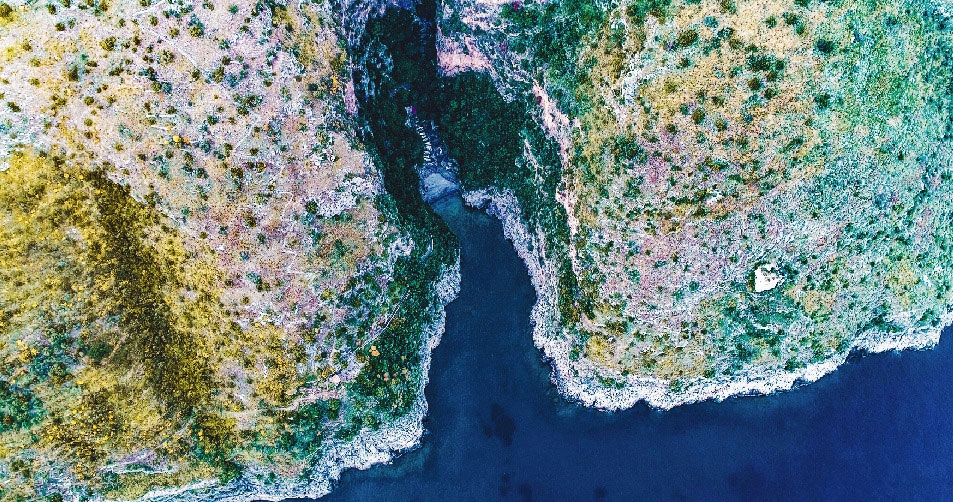Pompeii
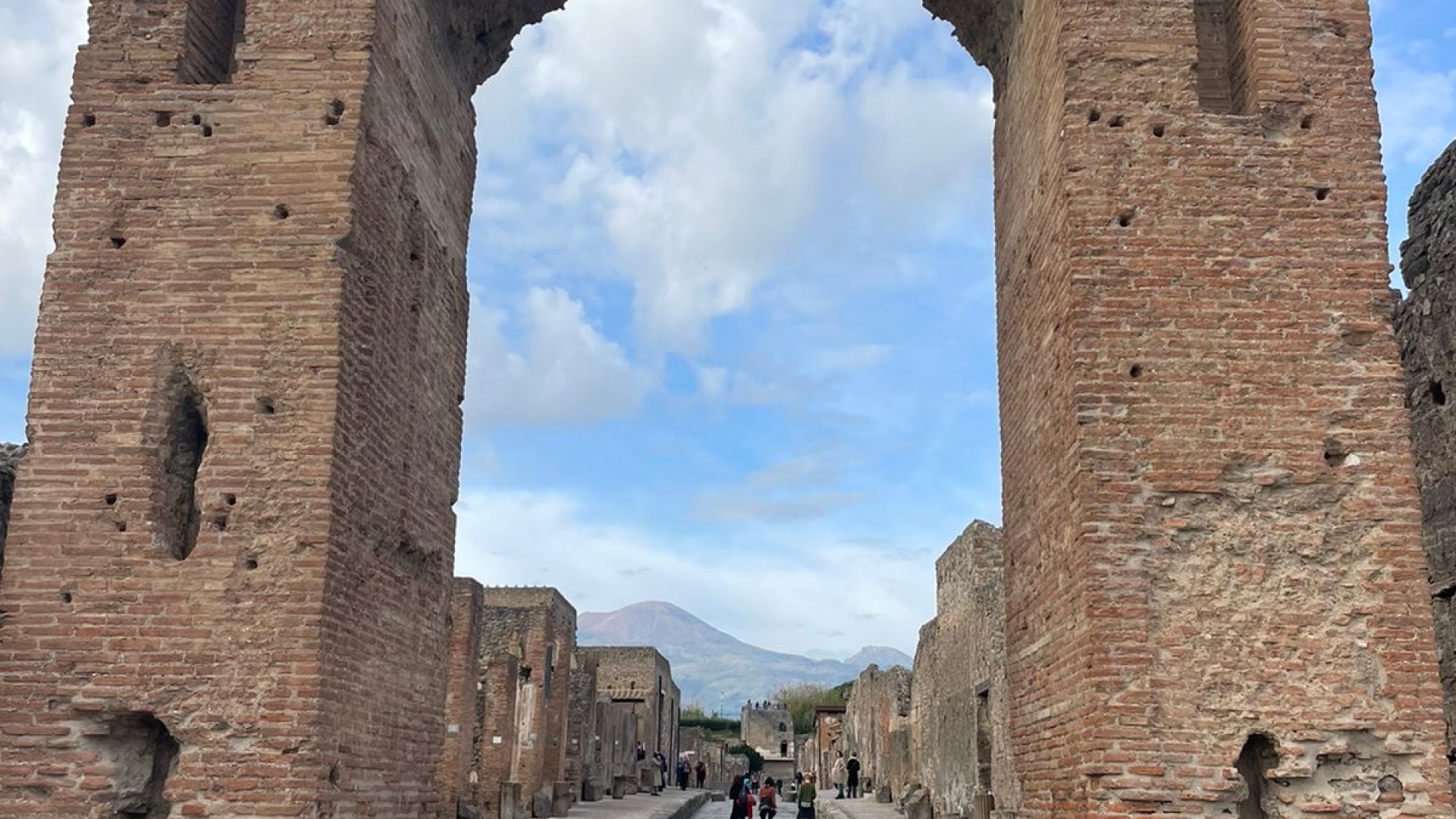
Pompei ruins
First option visit the ruins of Pompeii, the archeological site more known in the world. A few more tips for you: wear comfortable shoes and bring a sandwich, water, smartphone for taking photos, sunscreen in summer and umbrella in winter...there is a lot to see and you a lot to walk.
- Open from 9.am to 5.pm , every day
- Ticket 19.90 euros per person
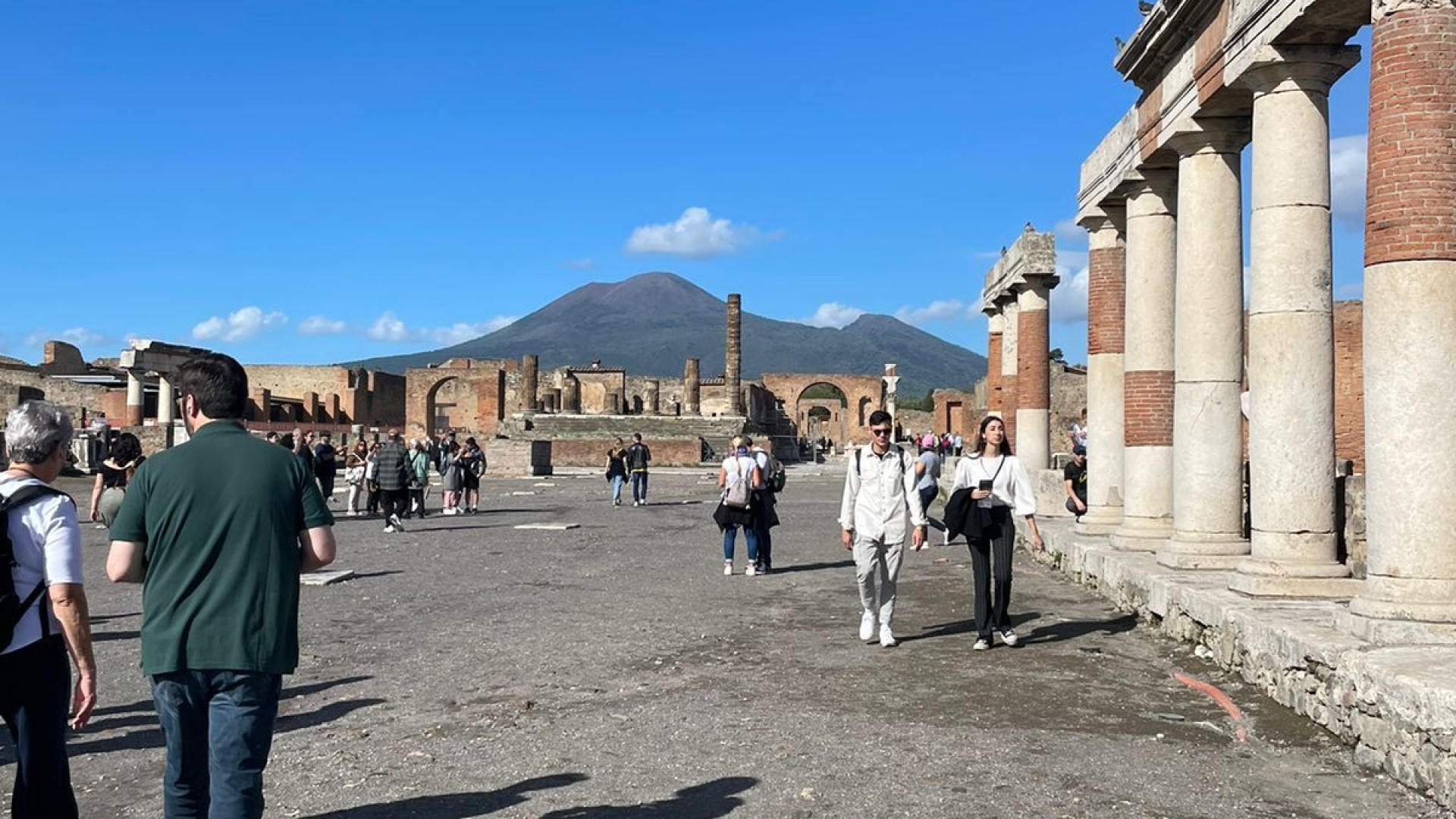
The Forum and the Temple of Apollo
From Via Marina you have now the opportunity to see the historical center of Pompei inside the archaeological site. The Forum is the beating heart of the city, economic ,cultural and religious center, political Agora of the debates that inflamed the population. In the second century A.C. the Forum was expanded: the traditional flooring made in tuff was replaced by travertine, widely used today, the square was enriched with numerous workshops and public buildings. In the middle stands the temple of Apollo, one of the oldest religious buildings of Pompeii and where is worshiped different gods such as Apollo and Mercury. The statuettes found are now at the National Archaeological Museum of Naples.
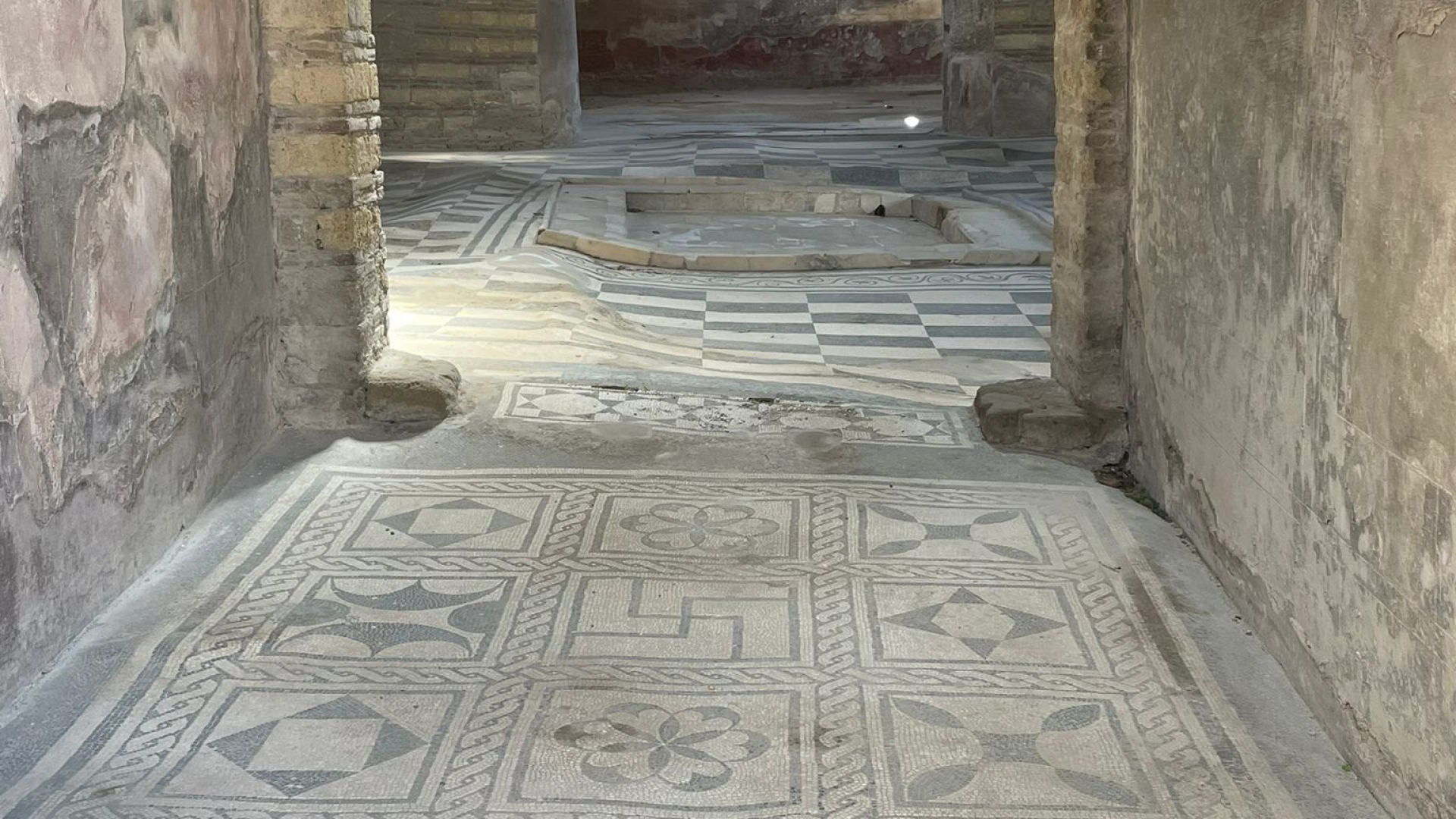
The Amphitheatre
It is the oldest stone building ever found, dating back to 80 BC, was the scene of bloody battles between gladiators and has a capacity of 20,000 spectators, you can easily reach it from the hole into Via dell’Abbondanza. The arena was accessed through a tunnel, the crypt is connected to four inputs. Unlike other Roman amphitheatres the Pompeian one has not underground, at the top are visible the holes used to support the roof of the arena in order to protect the spectators from the sun when it was too hot and from the rain.
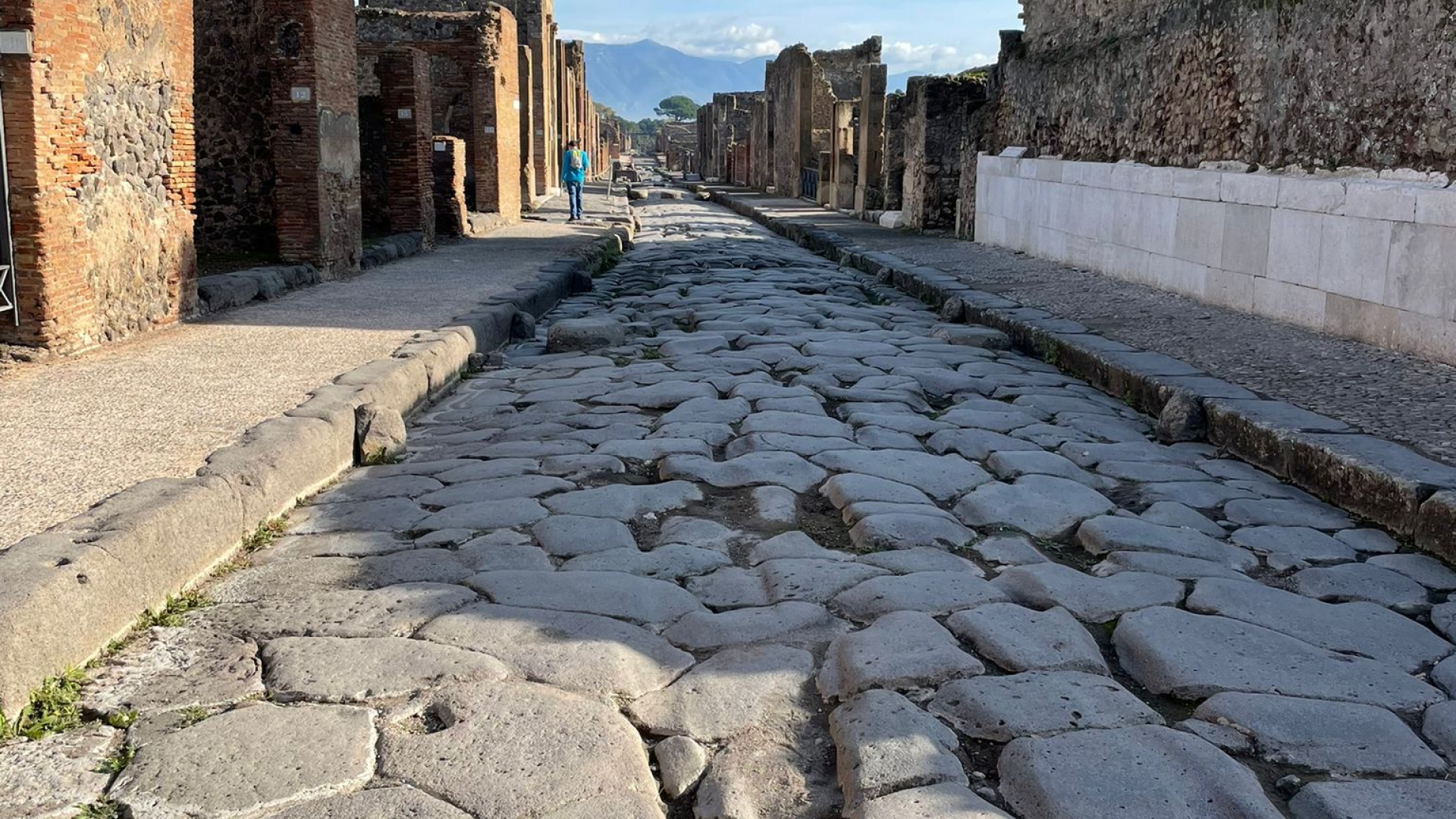
House of the Faun
If you are a lover of ancient history, you should not miss the House of the Faun: it is located not far from the Forum, in Via della Fortuna. This ancient Roman villa occupies inside the archaeological site about 3000 square meters, and it is one of the oldest and majestic city buildings. Its size suggests that it belonged to an outstanding member of the Roman nobility. It owes its name to the Faun, Roman god of woods and nature: his small bronze statue is located in the atrium at the center of the impluvium.
Surrounded by huge gardens, the hotel is characterized by more entrances. The right door introduces to environments of personal use: bathrooms, stables, baths and kitchen. The door opened to the left instead of sector representation. The floors are covered with mosaics and decorations date back to the Pompeian style.
The center of the house was decorated with a mosaic depicting the victory of Alexander the Great against Darius, king of Persia, currently on display at the museum in Naples. Small curiosity: it is thought that the villa had belonged to the grandson of the tyrant Silla.
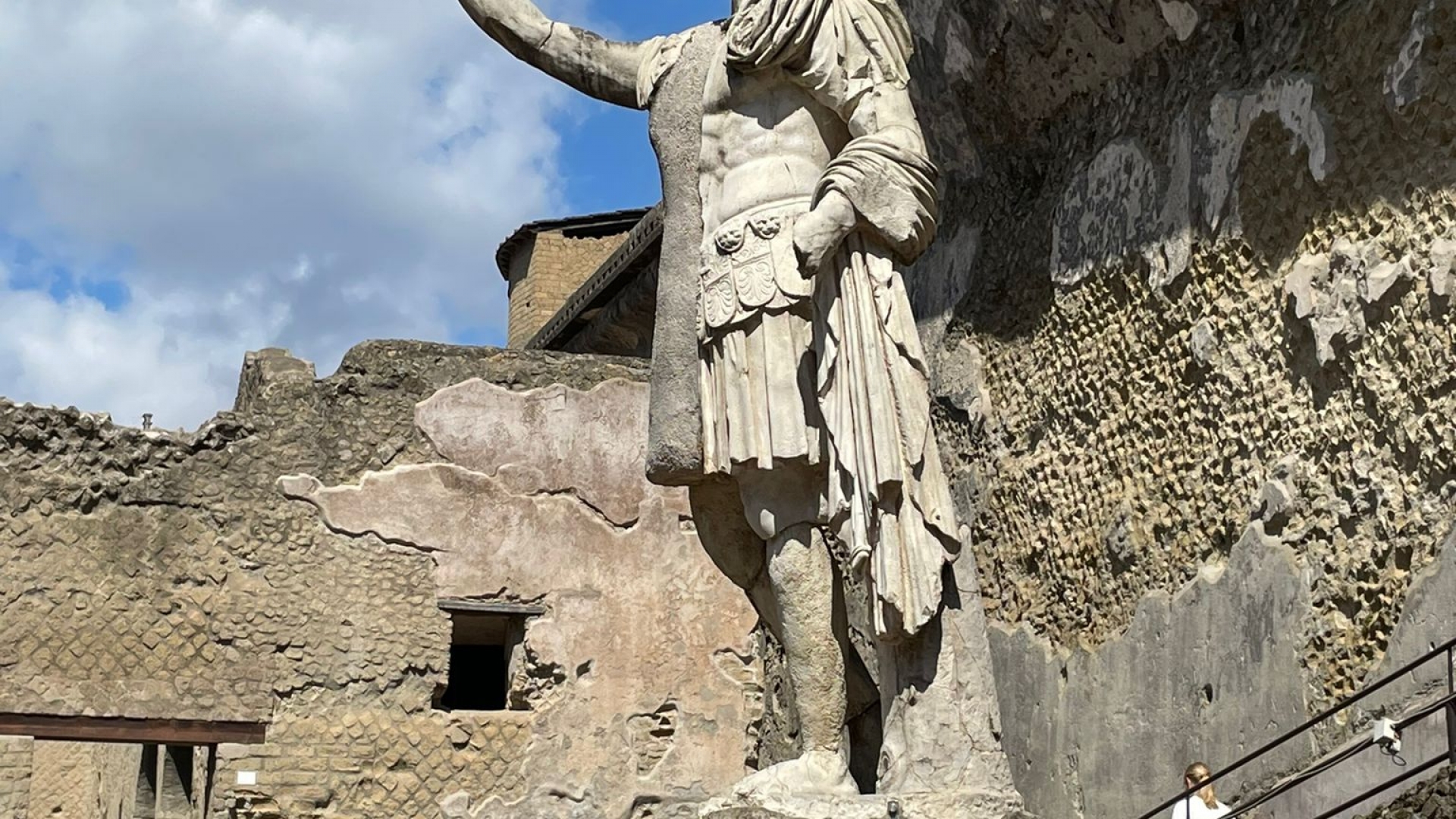
Teatro Grande
Located not far from the House of the Faun and the Sanctuary, the Grand Theatre was built in the second century BC. The stairs were realized by exploiting the cavity of the slope. The structure could accommodate about 5,000 spectators, to each one was reserved a number.
The upper tier is divided into seven sectors and is supported by a ring–shaped corridor. The stairway was protected by a wall that supported the awning, a mobile tarp sheltered spectators from the elements. The stage and the set were accompanied by statues and marble. On stage were performed the famous comedies of Plautus and Terence. Endorse the Grand Theatre can be the icing on the cake of your short visit to Pompeii. It is still very active, recently were brought on stage works of the caliber of Boheme of Puccini and Bizet’s Carmen.

The Shrine of the Virgin of the Rosary
The Shrine of Pompeii was founded by Bartolo Longo who has headed the eponymous square as the cathedral. It is one of the major centers of Marian devotion in Italy, on May 8th and on the first Sunday of October it hosts hundreds of thousands of pilgrims from all over the world to celebrate the Supplication to Our Lady of Pompeii: the prayer written by Bartolo Longo and transmitted on the radio and television around the world. The monument was built between 1876 and 1891 under the direction of Antonio Cua, later replaced by Giovanni Rispoli, it has been expanded several times over the centuries to receive the huge flow of faithful who go still to visit picture of the Virgin. The basilica is a cross with three aisles accompanied by three altars that are joined behind the apse. The nave culminates in a dome 57 meters high. As a guardian never dozed a few steps from the cathedral stands the bell tower, designed by Aristide and Pio Leonori, impressive in its 5 floors. With a single glance you can see Vesuvius, the ruins of Pompeii and the entire Gulf of Naples.
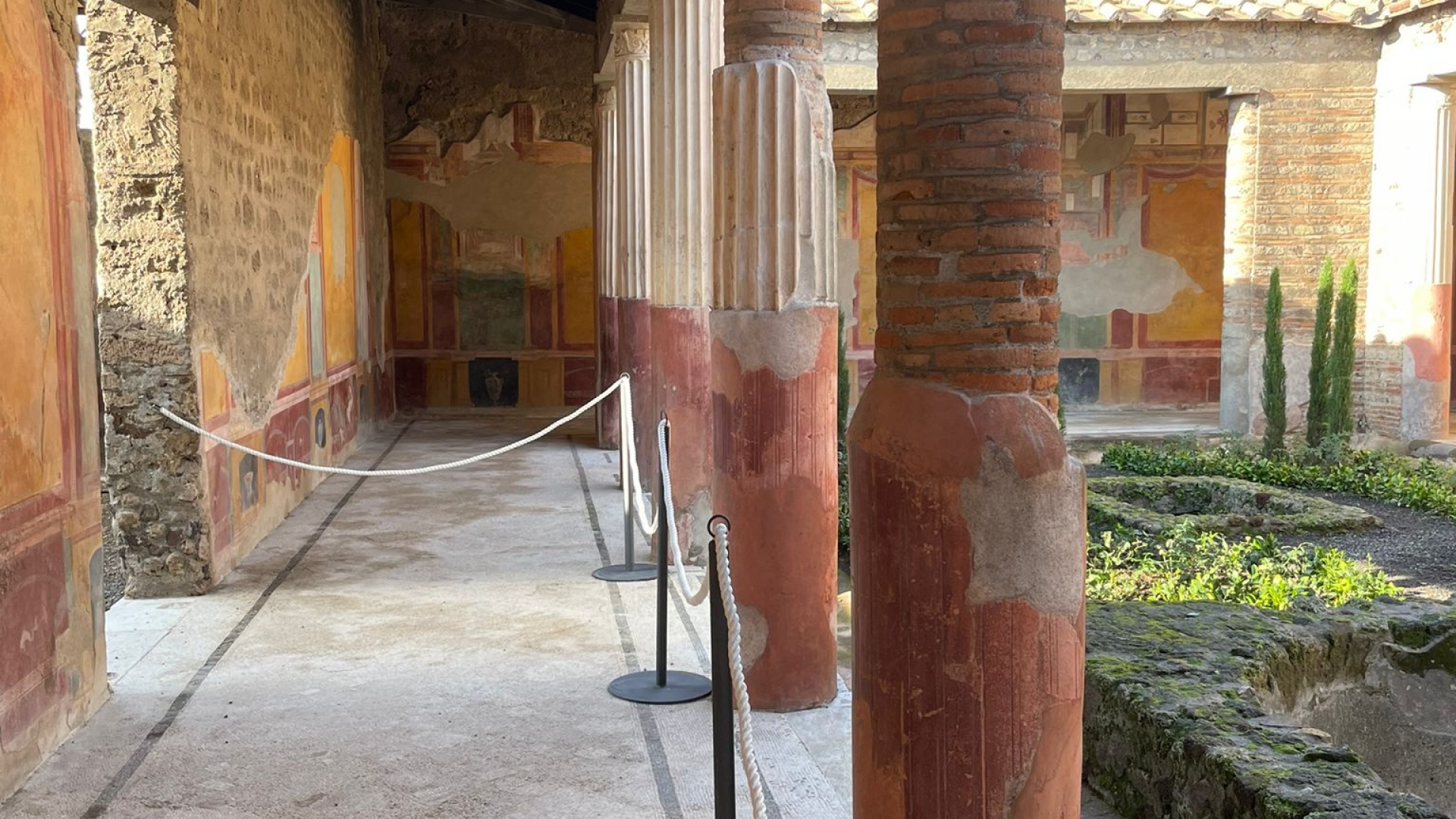
Villa dei Misteri
The Villa of the Mysteries is one of the most visited sites of Pompeii, especially for the series of frescoes showing Dionysian mysteries of that we still ignore the real meaning.
Featuring more than seventy rooms finely decorated and painted, many of which were used for dinners and social events. The building is located slightly outside the ancient walls of the city but if you love the mystery and you’re willing to push beyond the boundaries of known this is the place for you.
There is still an open debate among scholars: some believe that the woman depicted in the paintings is to be initiated at the Dionysian rite, others argue that it is simply prepared for the wedding.

